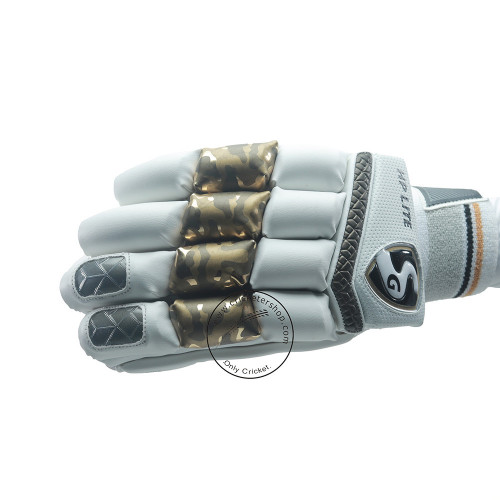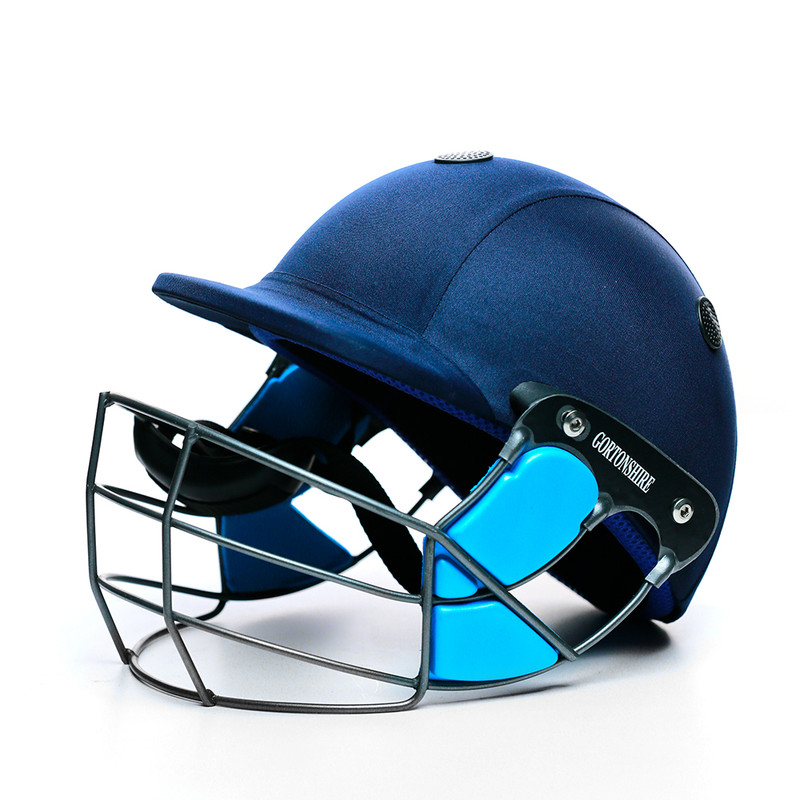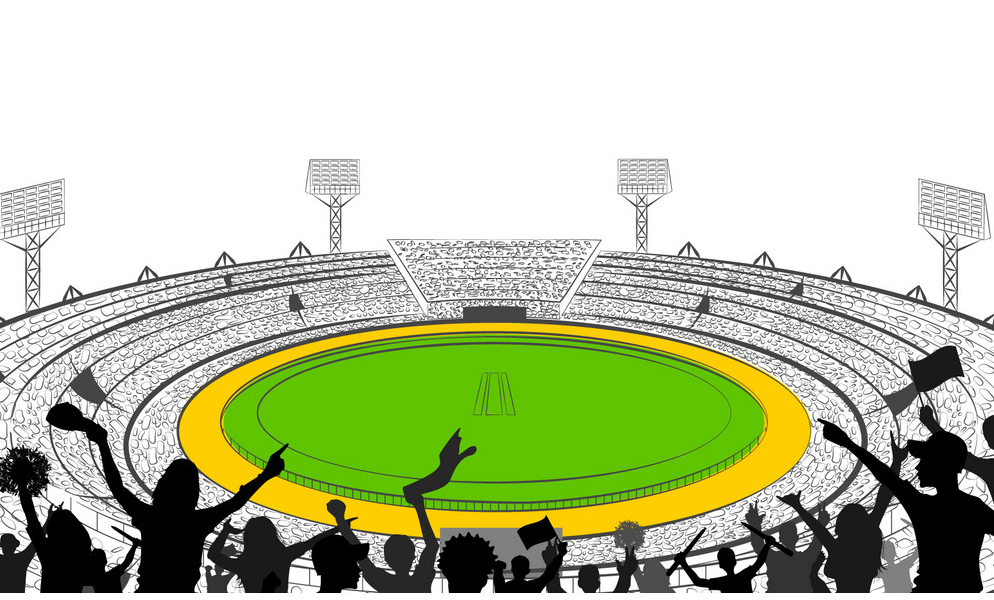A cricket bat is a tool that may turn a cricketer into a hero or a zero. A flawless original English Willow Cricket bat that feels good to the batter gives him the confidence to hit more shots and play easily, which is a valuable asset for any cricketer. When selecting your first bat as a cricketer from a sports shop in Lucknow, it is critical that you understand everything about it. Whether you’re visiting the best cricket store in Lucknow or exploring various sports equipment stores in Lucknow, making an informed decision about your cricket bat can greatly impact your performance on the field.

You must understand the quality, materials utilized, and ease of use, among other things. An English willow cricket bat is the most popular bat used by professional players. This article will teach you all you need to know about English willow bats and how to tell the difference between them.
Why Choose the Original English Willow Cricket Bat?
Why Should You Choose Original English Willow Cricket Bat Over the Kashmir Willow Cricket Bat? Kashmir Willow and English Willow are two species of willow widely used to produce cricket bats. Willow is the most important component of a cricket bat. It strengthens and compresses the bat.
The performance of these two species of willow differs dramatically. To begin, English Willow is cultivated in England, while Kashmir Willow is grown in India’s Kashmir region. English willow bats are not the same as Kashmir willow bats.
The color of English willow is white, but Kashmir willow is brownish. Kashmir Willow bats are heavier than English Willow bats and so less expensive to buy. The English willow bats endure longer than the Kashmir willow bats.
English willow bats can be given superior forms with improved compressibility. Many players prefer the English willow bat to the Kashmir willow bat in terms of comfort.
Tips for Checking the Original English Willow Cricket Bat:
Color of the bat:
Identifying an English Willow cricket bat is much easier than identifying any other sort of cricket bat! Don’t be deceived by the sticker on the bats; it might be a fraudulent product. When compared to other woods, English Willow is more whitish in color.

Even from a distance, this is one of the simplest ways to tell an English Willow bat apart from other bats. Another distinguishing feature of an English Willow is that the grains on its wood are clearly evident. Unlike the Kashmir Willow cricket bat, the grains are not mixed together. They are highly noticeable and easily identified.
Weight:
A cricket bat’s weight typically ranges from 0.94 Kg to 1.4 Kg. The weight of an English cricket bat differs depending on the model and design of the bat. Because of its outstanding effect, English Willow cricket bats are regarded better (when the ball hits the bat).

These English Willow cricket bats are recognized for their excellent performance and are constructed from delicate fibrous wood. In general, the English cricket bat weighs between 1160 and 1200 grams and is suitable for all-around play.
Grade:
The English Willow comes in four different classes, each with its own set of traits. The best is Grade 1, the priciest willow, and is used by professional players. It has at least six flawless straight lines (grains) on the bat blade and no imperfections.
Grade 2 is a high-quality wood, with at least four or five straight lines (grains) on the bat’s blade, as well as minor imperfections and markings. Perhaps this is the grade for you if you want the most value for money.

Then there’s grade 3, which contains comparable grains to grade 2, however, the grains are not as straight. Some imperfections or butterfly markings can be seen on its face. However, none of these elements have a large impact on playability.
Grade 4 English bats have up to four grains, with more butterfly spots and imperfections on the bat’s face. It is sometimes bleached to cover up or improve the appearance of discolored areas. This is the least costly willow.
Imperfections:
The English willow bat will undoubtedly have some flaws. Many of these flaws will have little effect on the performance of the cricket bats. Some of its flaws include pin knots, dead knots, and specks. Pin knots are usually tiny (up to 1cm wide). They are normally seen on the edge or behind the cricket bats, although they have been observed on the nose as well.

A dead knot occurs when a branch falls off after a lengthy period of inactivity owing to inadequate sunlight reaching it. As a result, it expands into a knot. A bright or dark spot is formed by insects that deposit their eggs in the tree’s bark and feed on its nutrients. The larvae then drop a particle of dirt on the tree.
Grain on the wood:
Grains are vertical markings that emerge on the bat’s face and show the age of the tree. Grain is classified into two types: narrow (or tight) grains and broad grains. The majority of professional players choose narrow grain bats. Such bats don’t require many knock-ins.

Higher density wood is inherently heavier and brittle. A bat with broader grains is created from a tree that developed swiftly, resulting in fewer and wider grains. It is lighter than narrow grains and requires more hammering in and oiling time, but it lasts somewhat longer. If you’re looking for high-quality cricket bats, visit a sports shop in Lucknow. These shops offer a wide selection of cricket equipment, including bats with various grain types, to meet the needs of every cricketer. Whether you need advice on selecting the right bat or want to explore the latest cricket gear, a sports shop in Lucknow is the best place to start.
Compressibility:
English Willow Cricket Bats are said to be of the highest quality, owing to the wood used to construct them. The English Willow contains criss-cross strands that form a mesh-like structure within the wood. This gives this sort of wood a lot of strength. A transverse cut of the English Willow also reveals the existence of microscopic air-filled pores inside the wood.

As a result, the English Willow behaves similarly to a sponge, and a collision with a hard leather ball produces a far superior spring-like reaction. Because of the behavior of the English Willow cricket bats, it is simpler for a batter to strike the ball farther with less strength. Overall, they perform admirably as cricket bats.
Balance and Feel:
The balance and feel of the bat should be correct when held. The balance and feel of the bat will be good if the weight is evenly distributed in the center. This can be found in English willow bats. Proper balance allows the athlete to execute accurate shot timing. Some shots may fail due to a lack of balance.

These minor details distinguish a great batsman from a decent one. Top-tier players place a high value on the balance and feel of their bat. Rahul Dravid used to notice even minor differences in the weight and balance of his bat. To summarize, the bat should feel like a natural extension of the arm.
Conclusion:
The greatest grade of wood is used to make an English Willow cricket bat. It has a tremendous sound and punches when hitting the ball. It enables the ball to move considerably further and more effortlessly. The disadvantage is that it is more costly. However, one benefit is that it lasts a long time. As a result, an English Willow cricket bat is most suited for those who wish to play the game professionally.
It doesn’t have to be at an international level (though obviously, that’s what you’d be striving for), but an English Willow might be a fantastic pick if you’re a batter who loves to hit the ball hard and long. A cricket bat made of English Willow is unquestionably superior to its counterparts, and the one made of Kashmir Willow. If you’re in Lucknow, visit a sports shop in Lucknow to find the best English Willow cricket bats.













